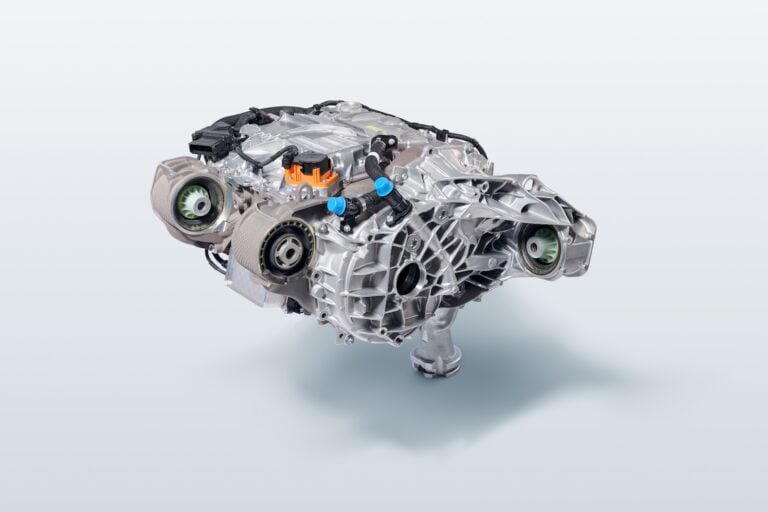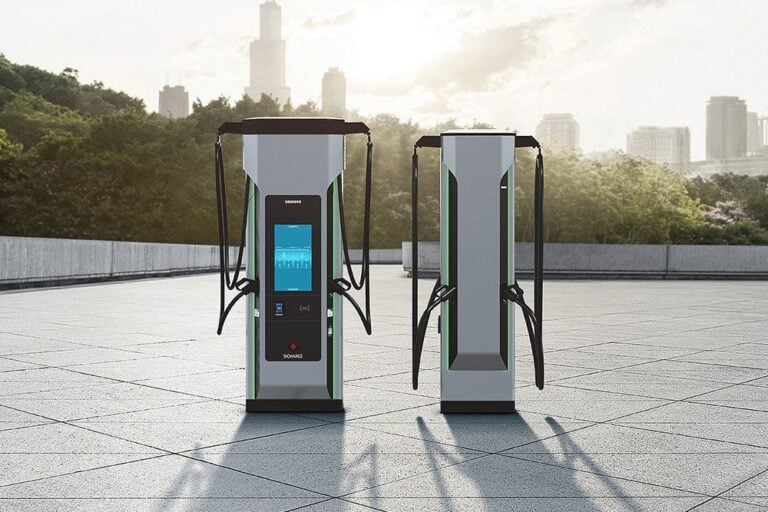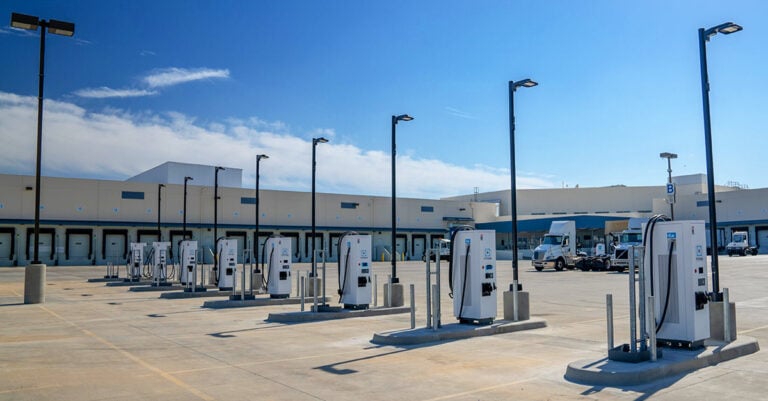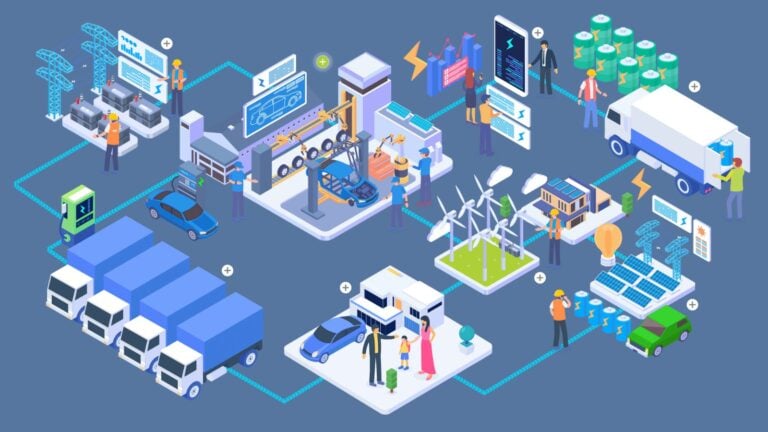Leveraging the company’s high-efficiency inverter technology, the charging solution has the potential to simplify an EV powertrain system and offer universal, bidirectional charging with improved efficiency and performance
VANCOUVER, BC – Hillcrest Energy Technologies, a clean technology company developing transformative power conversion technologies and control system solutions for next-generation electrical systems, announces the company has filed a patent application for a simplified EV charging solution.
Initial proof-of-concept lab testing confirms the ability of the enhanced powertrain solution to provide universal, backward compatible, bidirectional (V2X) charging capabilities. A patent application has been submitted and development efforts will continue this year with the goal of naming a launch partner and proof of concept validation in 2023.
The patent filing represents an important milestone for Hillcrest CTO Ari Berger and the team of engineering collaborators. In addition to Berger, the patent inventors include Dr. Jalal Amini and Systematec GmbH’s Harald Hengstenberger, with Hillcrest retaining all ownership rights associated with the patent application.
The Hillcrest enhanced powertrain solution is a bidirectional charging architecture that leverages the efficiency and high switching frequency capabilities of the company’s high-efficiency traction inverter to simplify the overall powertrain system and enhance an EV’s performance and capabilities beyond what is currently available. With this solution, EVs would no longer require an onboard charger, which is expected to reduce the cost, complexity, and weight of an EV powertrain. Elimination of the onboard charger would allow an EV to be AC-charged with the maximum power capability of the traction inverter or of the AC charging source (whichever is lower) regardless of the system voltage. This key feature of the technology could allow EVs to adapt to future changes in maximum power capabilities in either the traction inverter or the AC charging source.
Additionally, the technology is intended to enable DC fast charging of 800V traction systems on existing 400V chargers without the need for an onboard booster unit, a component added to 800V EVs to enable fast charging capabilities at conventional 400V stations. Booster units are typical of a similar size and cost to the EV’s traction inverter. Eliminating the need for this unit as well as the onboard charger goes a long way in simplifying an EV and providing meaningful reductions in weight and cost.
“In conjunction with the fast switching frequency capabilities of the Hillcrest high-efficiency inverter, our universal, bidirectional charging architecture could maximize the efficiency and minimize the hardware in both the powertrain and the charging system,” said CTO Ari Berger. “An EV capable of accessing AC or DC power across a variety of voltage levels in a wired or wireless environment offers a new level of interoperability not currently available. This could dramatically change the way we think about charging infrastructure and broaden the charging options available to drivers now and in the future.”
“The flexibility and efficiency of this advanced charging concept could offer solutions to vehicle makers such as Tesla who are not eager to replace their current lower voltage charging infrastructure as vehicle systems increase to 800V,” said Hillcrest CEO Don Currie. “Using the charging technology from our enhanced powertrain solution, there’s no need to re-engineer their lineup of smaller vehicles to allow for faster, higher voltage charging.”








